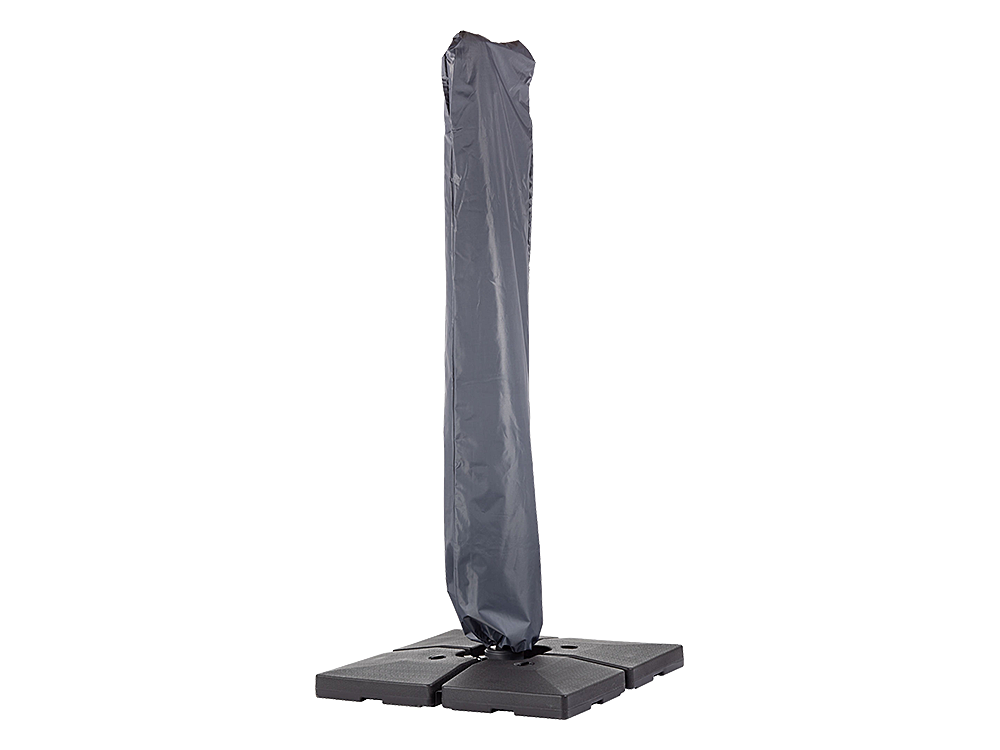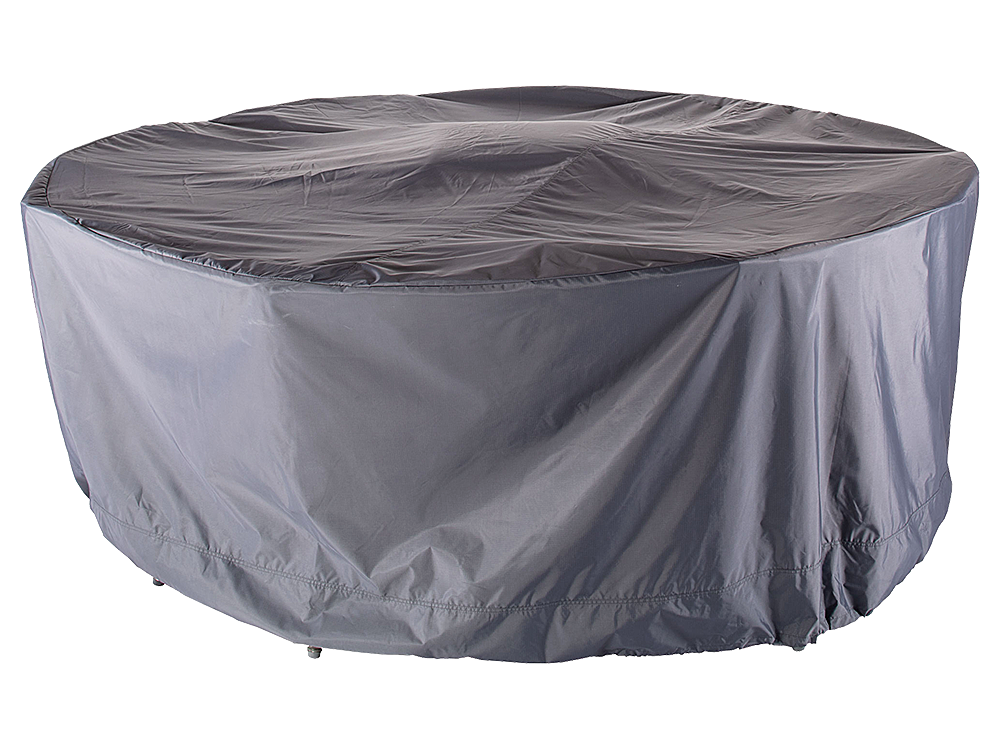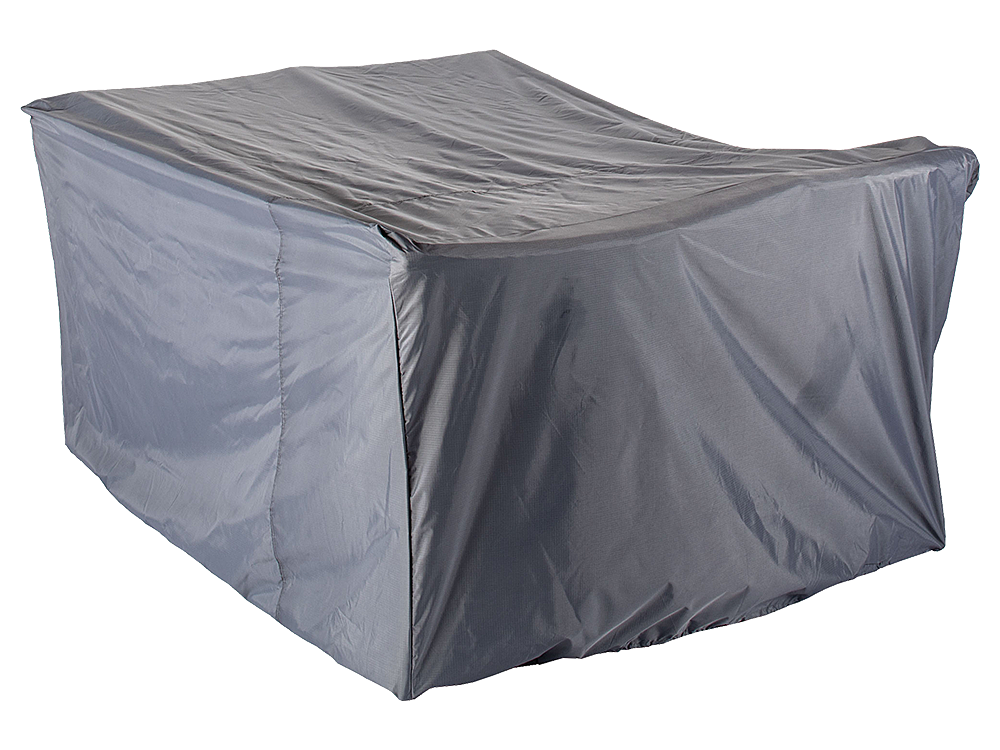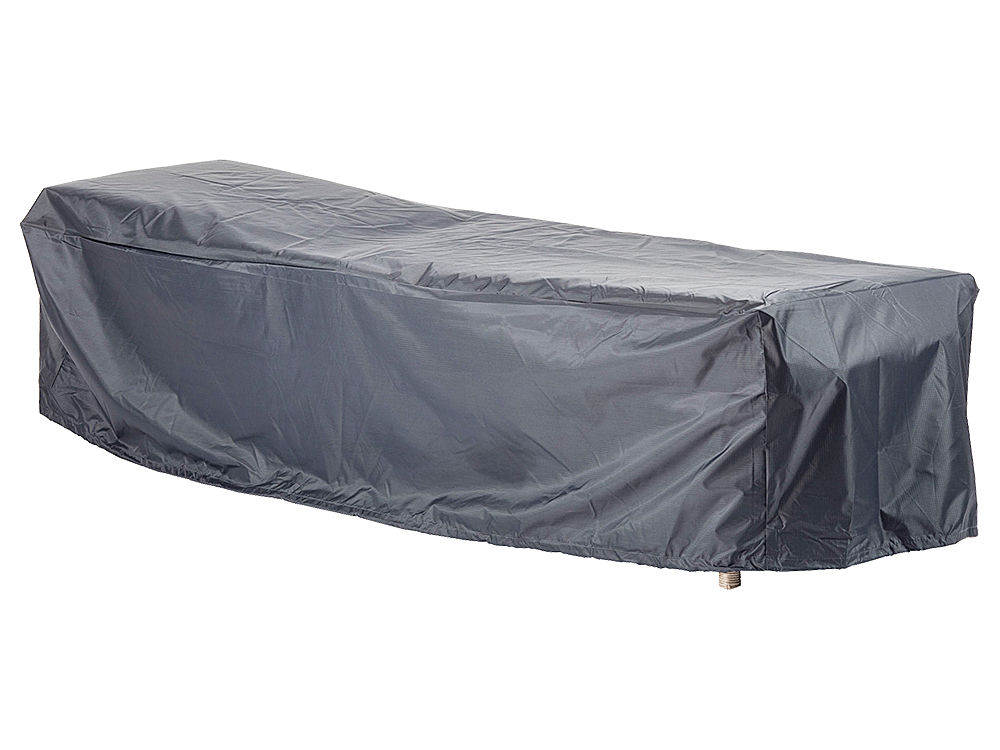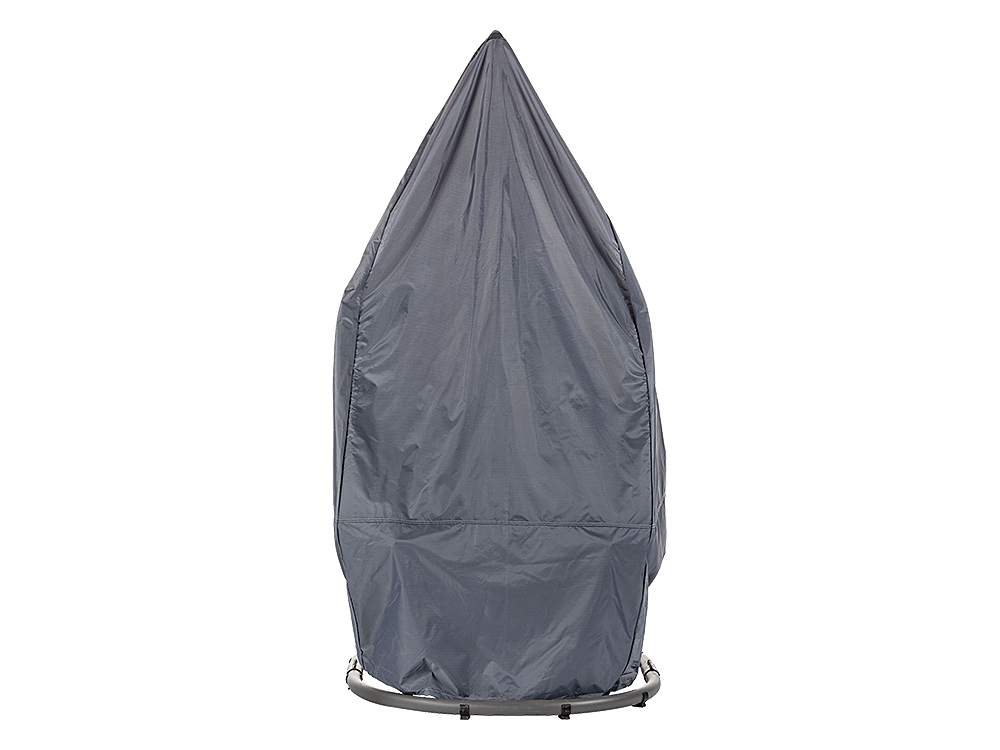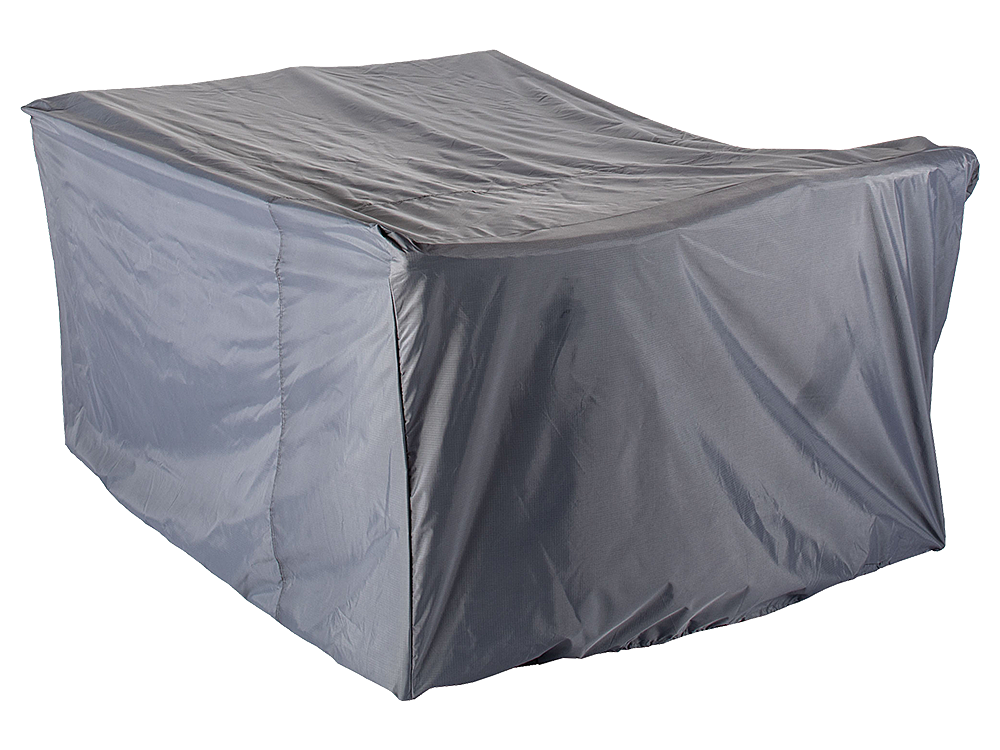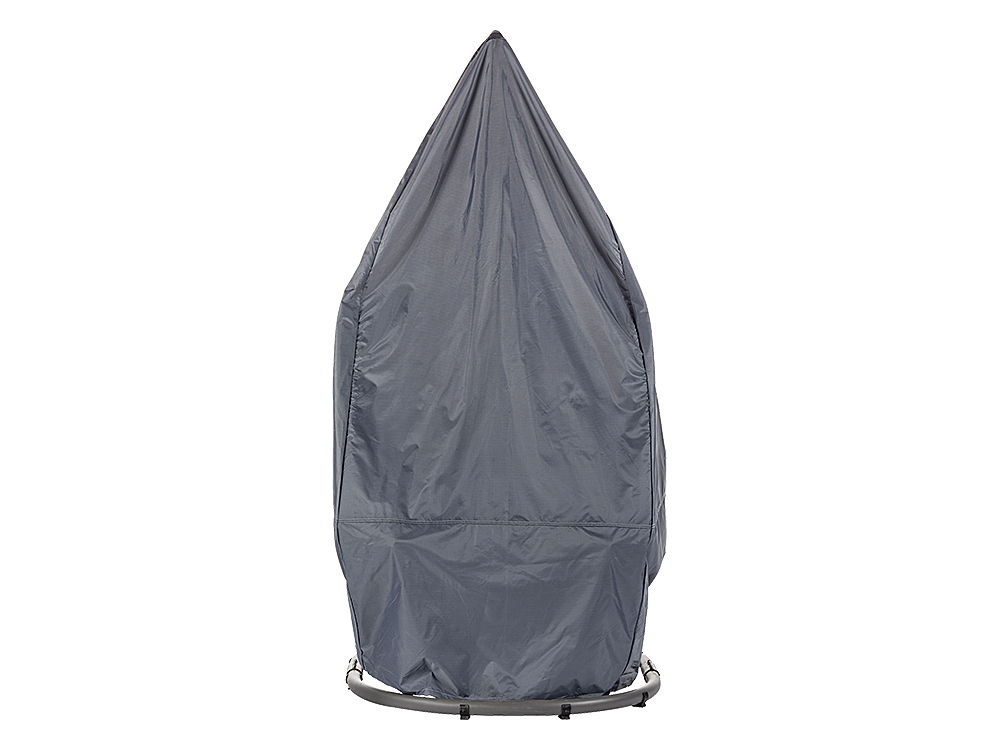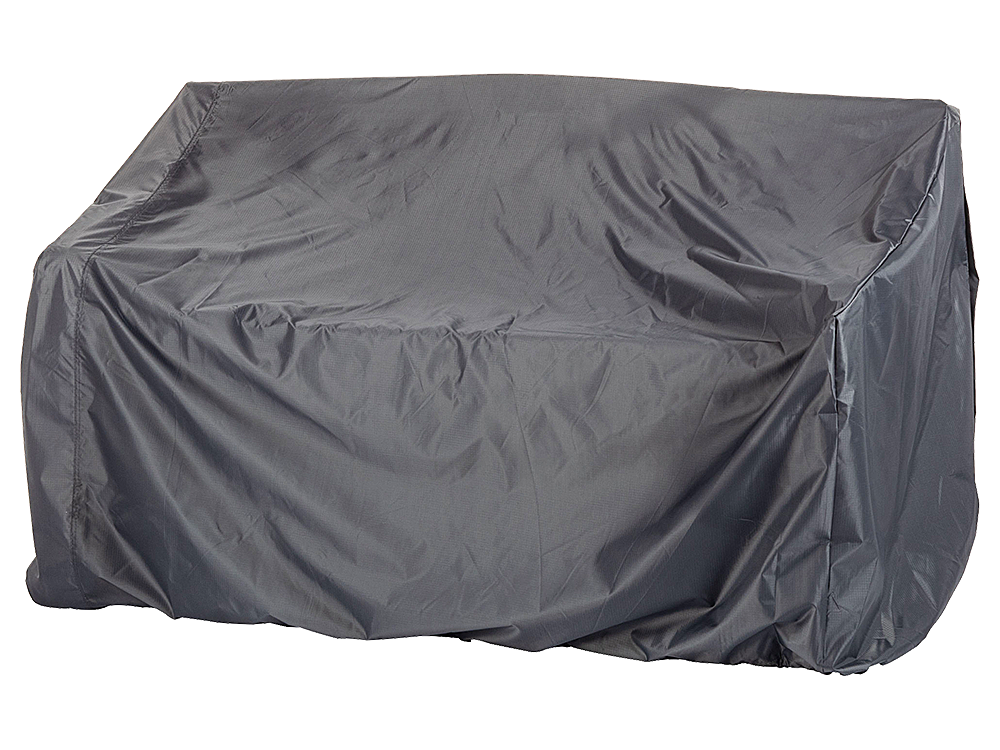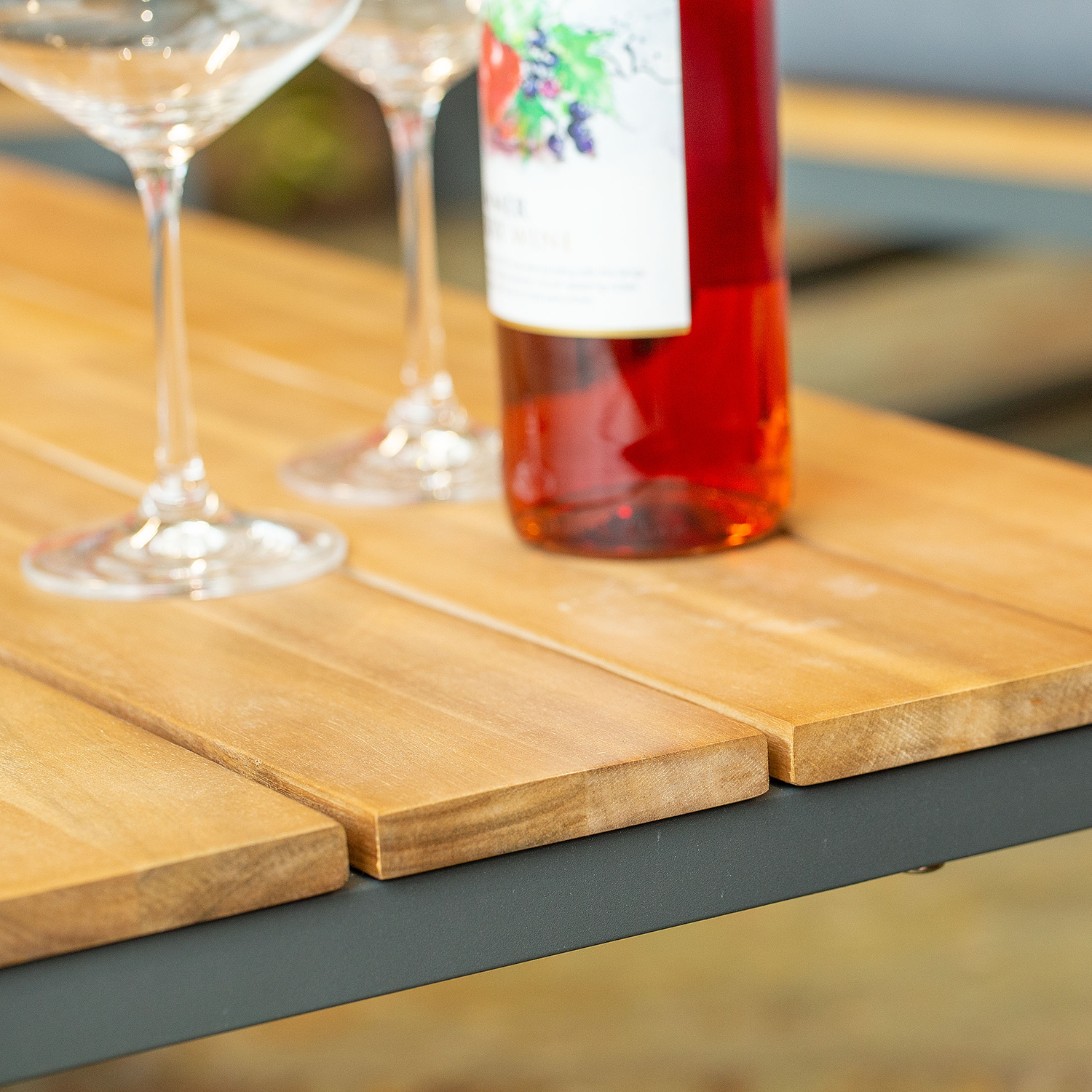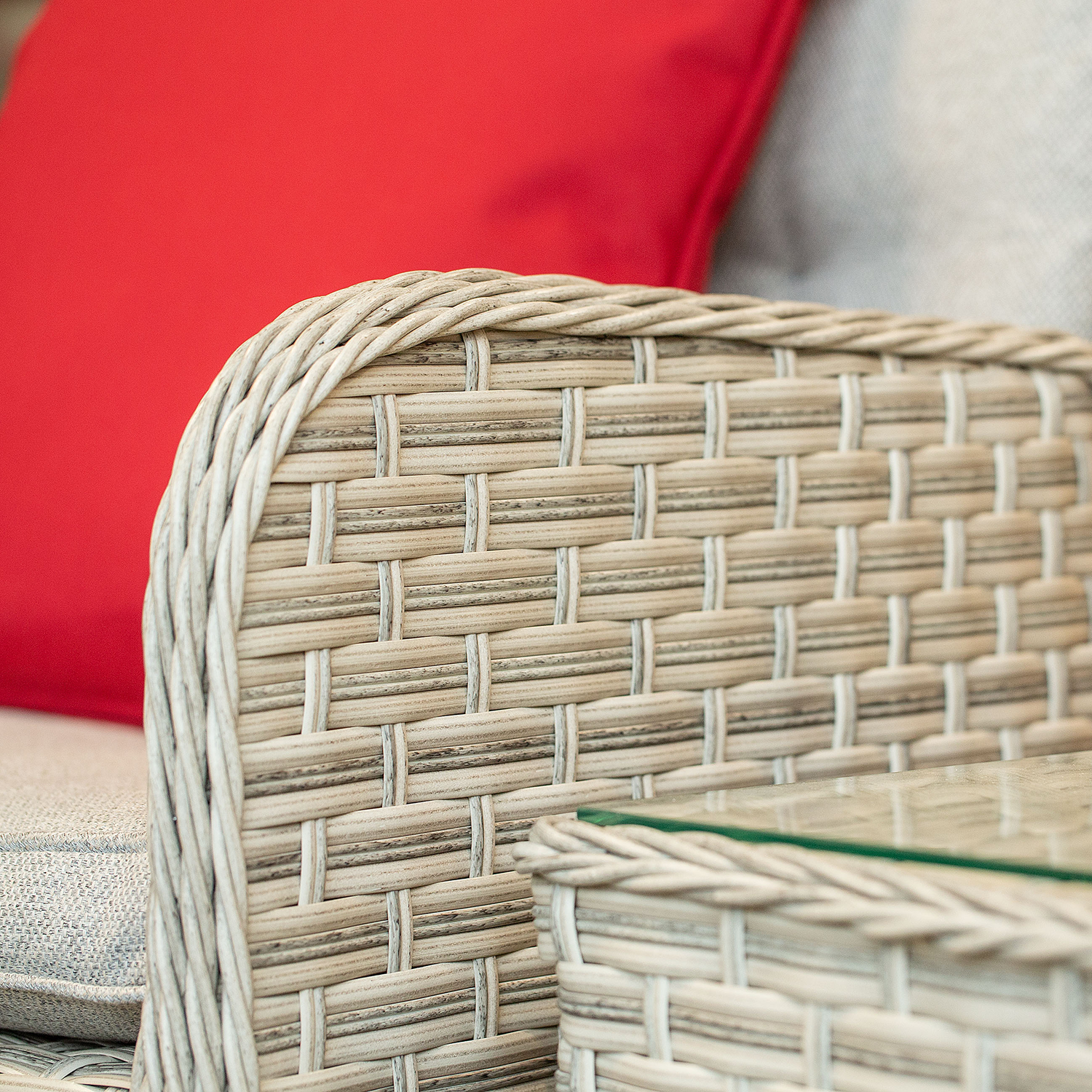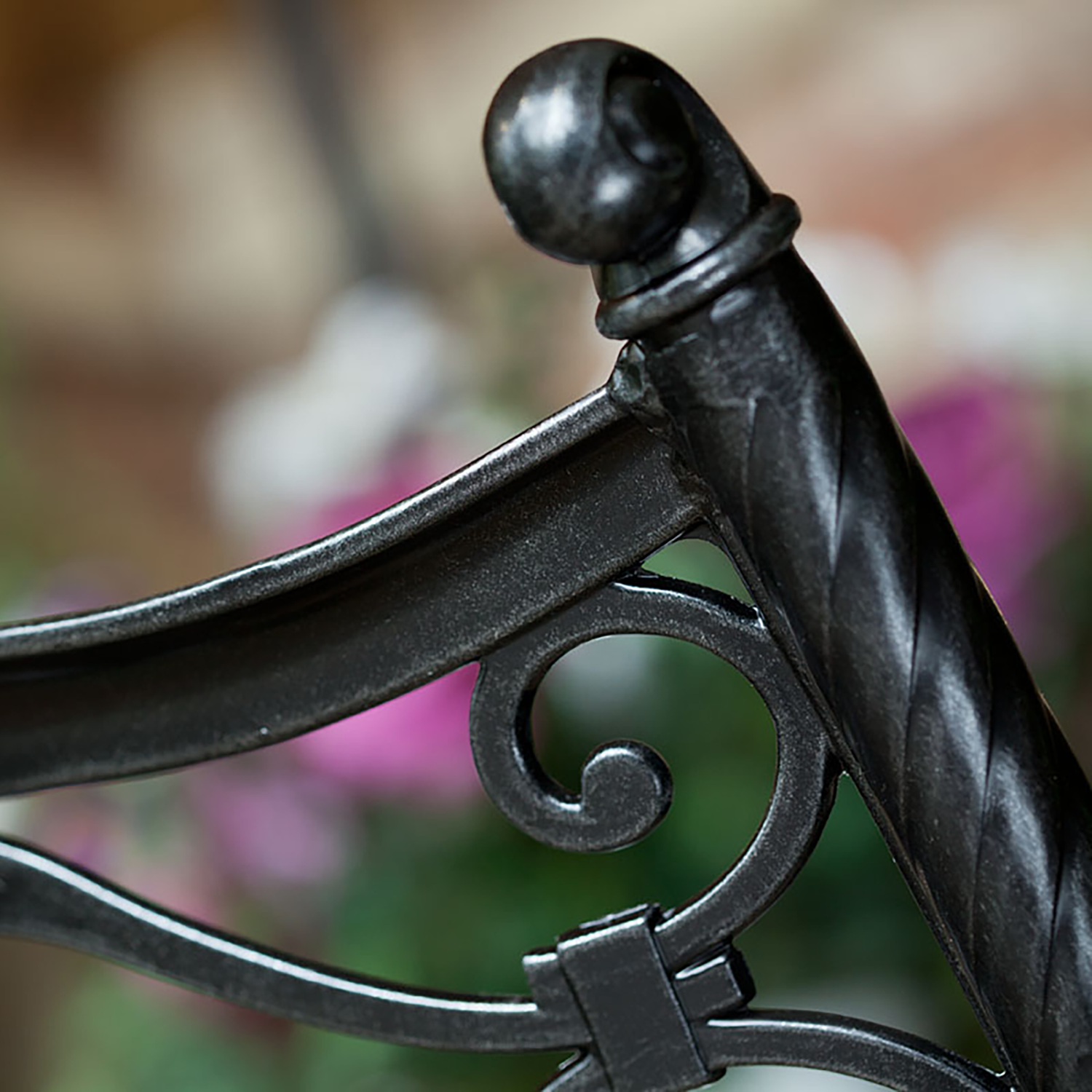
Bringing your aluminium garden furniture back to life

Cast-Aluminium is a phenomenal material for outdoor garden furniture. It looks luxurious and if covered and maintained properly, it will last for generations. Many people prefer the style of tubular aluminium, which is modern and elegant.
Unfortunately, no material is indestructible and even expensive aluminium garden furniture will eventually succumb to the elements and the sun’s UV rays will break down the integral structure of the aluminium.
The good news is that your aluminium garden furniture can be restored to look as good as new and bring new life to your garden with a little effort. This article deals with refurbishing the appearance of tubular and cast-aluminium garden furniture, mainly because of fading and looking tired. If you have broken aluminium garden furniture, please also consult our article on repairing aluminium garden furniture by clicking here.
Why does aluminium garden furniture fade?
The answer is quite simple: through oxidation and deterioration caused by the sun’s ultraviolet rays. Aluminium garden furniture does not rust in the same way as iron or steel, but there is a chemical reaction between the metal and oxygen, particularly in the presence of moisture and sunlight.
How do you prevent the oxidation of aluminium garden furniture?
Proper protection and maintenance can prevent oxidation and deterioration of aluminium garden furniture, or at the very least you can slow it down by following these steps.
- It pays to look after your cast aluminium garden furniture from day one, or once you have refurbished your furniture to avoid deterioration.
- The most important step is to keep the furniture dry and covered with a top-class cover like Duraspell. Please check our buyer’s guide if you need help working out what size garden corner set covers you require. Click here
- Regular waxing or oiling will protect the aluminium from moisture and UV rays and retain the shiny appearance.
- Automotive wax works very well for smooth aluminium surfaces and mineral oil or baby oil can be used on patterns or textured surfaces.
- Regularly remove dirt and grime, apply the wax or oil, and polish the aluminium with a clean, dry cloth.
How do I restore faded aluminium garden and patio furniture?
There are several ways to restore aluminium garden and patio furniture and depending on the condition, you can follow some or all of the steps described below:
How to Remove Light Oxidation:
- Thoroughly clean the furniture with a cleaning solution such as window cleaner, mild alkaline-based domestic cleaning materials, ammonia, or your own 50-50 solution of vinegar and warm water.
- Wear protective gloves and goggles.
- Apply with a bristle brush, scouring pad, scrubbing sponge or very fine steel wool.
- Take care to get into all the joints and crevices and ensure all dirt is removed.
- Rinse with clean water and dry with a soft cloth.
- Remove mould and mildew with a bleach solution.
- Wear protective gloves and goggles. Protect your clothing from bleach.
- Mix ¾ cup of domestic bleach with 5 litres of warm water.
- Remove protective caps or adjuster glides if present. Remember to replace them when you have finished the job.
- Test on a small area first and make sure it does not have any undesired effect.
- Spray the solution onto all the affected parts, using a spray bottle.
- Scrub the affected areas with a bristle brush to remove all traces of mould or mildew.
- Rinse off the solution with clean water and dry with a clean cloth.
- Remove oxidation by rubbing, scrubbing, sanding or applying a rust treatment solution.
- Wear protective gloves and goggles.
- Rub a 50-50 mixture of spirit vinegar and warm water onto all the affected areas with a cloth.
- You may use a commercial aluminium oxidation solution or marine aluminium cleaner if preferred. Take care to keep the chemicals away from fabrics, straps or upholstery.
- If necessary, scrub with a brush, scrubbing sponge, fine steel wool, or fine wire brush to remove all traces of oxidation and use a rubbing or polishing compound to bring out the shine of the aluminium.
- Use a stiff brush or fine wire brush to remove all loose debris.
- If the paint has bubbled or the aluminium has become chalky, it would be necessary to sand the affected area right down to the shiny metal. Apply a primer, let it dry and apply two or more thin coats of matching paint.
- To remove more severe oxidation damage, remove peeled or flaked paint and other damage with a stiff brush and sand the areas properly.
- If large areas have deteriorated, it may be advisable to sand the entire piece of furniture.
- Rinse the surface with clean water to remove any debris and chemicals.
- Properly dry all parts with a clean cloth.
How to paint aluminium garden or patio furniture
- Wear protective eyewear and gloves and protect your clothes against paint and chemicals.
- Prepare the work area and place a drop cloth or tarp to protect the floor, walls and other objects from paint, particularly if sprayed on. Make sure you work in a well-ventilated area.
- Work on days when the weather is suitable for painting and spray painting. In very cold or wet weather, the paint will not dry correctly and will not look smooth.
- Choose the correct aluminium primer and lacquer, latex, urethane or acrylic paint that has been formulated to work well with aluminium. Examples are Rust-Oleum, Hammerite and Rustins. Automotive spray paints for vehicles with aluminium bodies are also suitable.
- You have a choice of 1-pack, 2-pack and 3-pack paint kits. The 2-pack and 3-pack kits include hardeners that will tolerate a lot more weathering and add a gloss or matte sheen according to your preference.
- Thoroughly clean and prepare the areas you want to paint as described above.
- With each sanding, to achieve a smooth and even surface, gradually use finer grit sandpaper, with 120 to 180 grit for the final finishing off.
- Apply the primer with a brush or spray on. Do not skip this step as it ensures proper adhesion of the paint and a more uniform finish.
- Wait for at least an hour or two for the primer to dry. Spray the first coat thinly (or apply with a brush or roller) and wait for it to dry. Lightly sand the first coat with very fine sandpaper (180-grit.)
- Continue to spray the paint (or apply with a brush) in two or three thin coats and wait for each coat to dry, lightly sanding between coats.
- Wait for a day or more for the final coat to dry and cure before polishing the furniture with automotive wax, mineral oil, or baby oil.
The Difference Between Tubular Aluminium Garden Furniture and Cast Aluminium Furniture:
Apart from the obvious fact that tubular aluminium is hollow and cast aluminium is solid, the difference is in style and appearance. Cast aluminium furniture is heavier than tubular aluminium and can be cast in patterns or textures that are not possible with tubular furniture. Provided you buy the best quality, there is not much difference in durability.
To find out how to repair damaged aluminium garden furniture frames, including pitting, chips, and broken or cracked aluminium, click here.
Restoring Aluminium garden or patio furniture is easy, but protection and proper care are even easier and more enduring.
- Regularly clean, dry and wax or oil your aluminium furniture.
- Protect your Aluminium Garden or Patio furniture with the correct ClearSpell garden cover.

